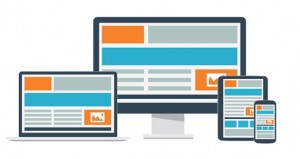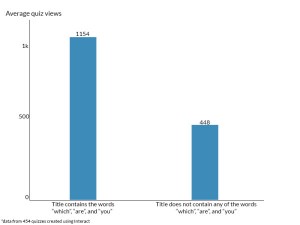There is a misconception that sending from a noreply email address is the best way to go to avoid being flooded with email replies. If you’re not familiar, you’ve likely seen this type of sender address before – most of the time it looks like this: noreply@domain.com. A noreply email is an email address that is not monitored and blocks customers from replying. However, it can confuse and frustrate customers if their replies go unanswered or worse – bounce. Let’s explore why it’s never a good idea to use this type of account for email marketing and what you should use instead.
A noreply email address decreases deliverability
Certain ISPs,network spam filters, and customers’ personal email security settings are set up to send noreply email to the junk folder. This will decrease overall deliverability rates and being inboxed less leads to lower possible conversions.
Also looking at email trends from a broader sense, 53% of email is opened on mobile devices. To accommodate for the smaller screen, inboxes on mobile devices show a preview of the sender and your email address as well. As a consumer, would you open an email with a noreply email address? You’re more likely to feel like a company is unapproachable.
Swap out the noreply for a reply-to address
Most ISPs do not allow email recipients to add noreply emails to their address books. If a recipient can’t add you to their address book, you’re more likely to be flagged as spam and sent to the junk folder. It is also much more likely for subscribers to hit the spam button if they can’t reply back requesting the removal of their email address. I’ve seen cases where customers unsubscribed from some of their favorite brands because noreply emails addresses were not being monitored.
Another interesting point to remember is that it shows credibility to ISPs when recipients engage with your email, replying to your email being one of those cases. Safe sender privileges include bypassing some of an ISPs mail filters and delivering straight to the inbox.

Best practices to remember when sending email replies
As mentioned before, some people skip over the unsubscribe link and reply reply directly to your email asking to be removed. These customers bypass the unsubscribe link is because they’re afraid it will only flood their mailbox with more email. Make sure you honor these requests promptly and suppress the email addresses from your list. The last thing you want is for these recipients to feel like they are being unheard and in frustration, mark your email as spam.
Also, monitor your reply email address is if you’re sending to a domain where the recipient never opted into your email program. The mail administrator (at the recipient’s domain) may try to contact you at your reply email address. This is a crucial moment because if you don’t respond back, the email recipient may report you to a blacklist and/or try to contact the Email Service Provider or Data Center to complain about your email.
Building the best conversation
A reply-to email address is essential to any email marketing program. It nurtures the conversation between you and your customers.
Many B2B senders will use a sales person’s email address as the reply-to to keep the conversation personal and on a more one-to-one level. Where B2C senders may use a general reply-to address that may be monitored by multiple email marketing professionals. Both scenarios build the confidence that when the recipient replies to the marketing email, the email will be received and followed up on.
To sum it up, the noreply email address should never be used to send from.. It tells your customers that you don’t really care what they have to say. You’re also missing out on an important opportunity to collect feedback and learn how to improve your product.
(177)
Report Post



